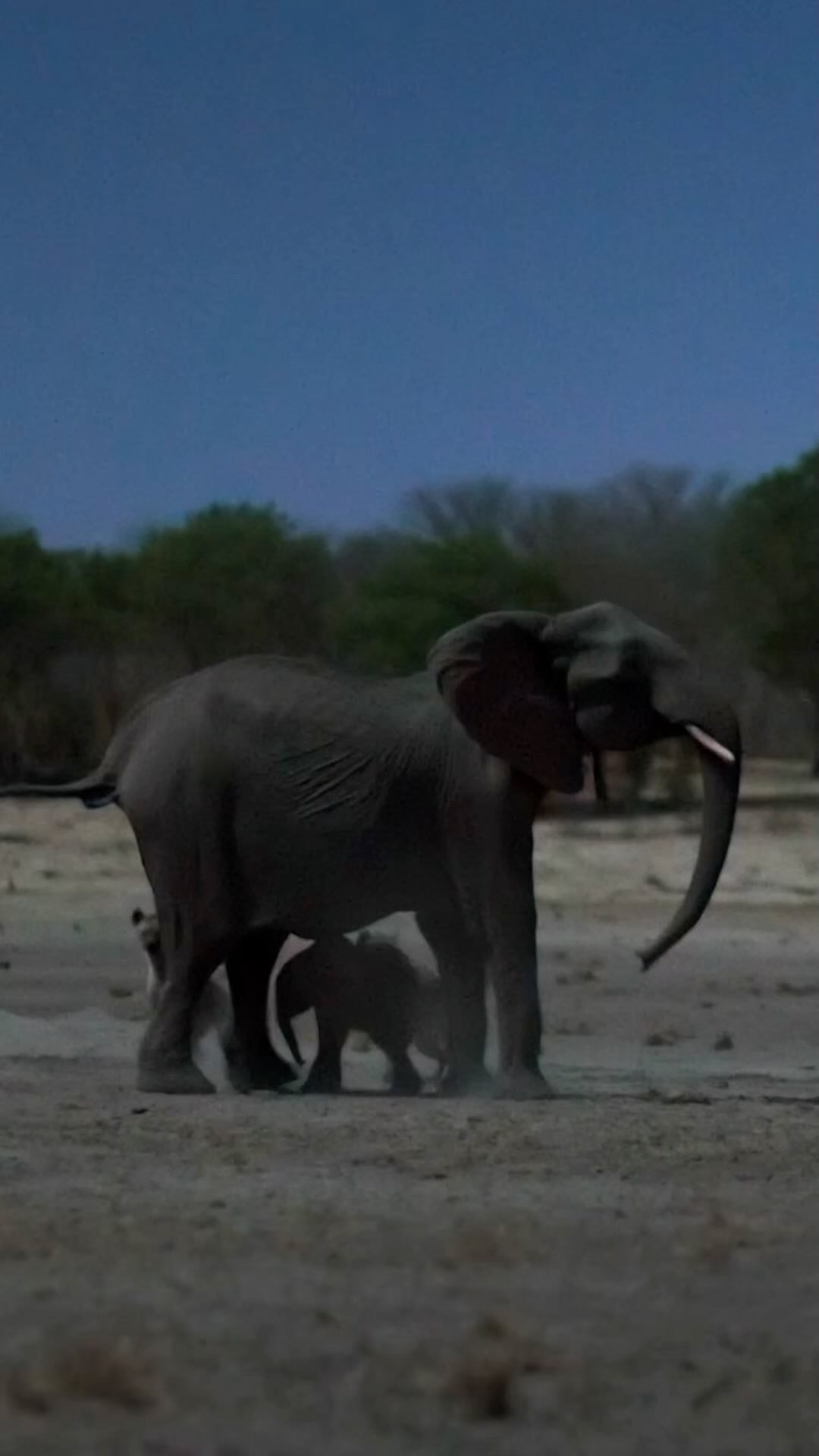– Impact of female-led animal families on offspring survival and group dynamics
– The role of conservation programs in protecting endangered species and their habitats
– The significance of educational documentaries in raising awareness about wildlife conservation
– Strategies for effective zoo management and the contributions of zoos to conservation efforts
– Integration of technology in wildlife conservation and zoo management for enhanced effectiveness
Female-led animal families, particularly among elephants, present intriguing aspects of wildlife behavior that contribute significantly to the survival and prosperity of the group. Matriarchal societies, where older, experienced females hold leadership roles, are common in elephant populations. These females use their knowledge and experience to navigate their environment, find food sources, and protect their groups from predators. An exemplary demonstration of this is seen in the story of baby Binti and her family’s encounter with hyenas. Despite hyenas’ formidable threat, especially to young and vulnerable members of elephant herds, the family of fierce females showcases remarkable resilience and strategy in safeguarding their young. This scenario underscores the essential role that female leadership plays in the social structure and survival strategies of elephants.
Conservation programs are pivotal in protecting endangered species and their natural habitats. By implementing measures to mitigate threats such as habitat destruction, poaching, and human-wildlife conflict, these programs aim to ensure the survival of species at risk of extinction. The success of conservation efforts often hinges on the collaboration between governments, non-profit organizations, local communities, and international bodies. Education and outreach are crucial components, as they foster a deeper understanding and appreciation of wildlife among the public, encouraging support for conservation initiatives. Projects that focus on specific species, like elephants, contribute to the survival of these animals and the preservation of biodiversity and ecosystem health.
Educational documentaries are powerful tools for raising awareness about the challenges facing wildlife and the urgency of conservation efforts. By bringing captivating stories of animals, like baby Binti and her family, into the homes of millions, these documentaries inspire interest and empathy in viewers. National Geographic’s program featuring these incredible elephant encounters, readily available on streaming platforms such as DisneyPlus and Hulu, exemplifies how media can engage and educate the public. The stories highlighted in such documentaries often lead to increased support for conservation initiatives and a greater willingness among viewers to participate in environmental stewardship activities.
Effective zoo management is paramount in the broader context of wildlife conservation. Modern zoos serve as centers for public education and recreation, as sanctuaries for endangered species, and as hubs for conservation research. The contributions of zoos to conservation are multifaceted, encompassing captive breeding programs, habitat restoration projects, and financial support for in-situ conservation efforts. Effective zoo management involves providing care and enrichment for the animals, ensuring their well-being, and engaging visitors in conservation education. Additionally, many zoos collaborate with conservation organizations worldwide, leveraging their expertise and resources to maximize the impact of their efforts to protect endangered wildlife.
Integrating technology in wildlife conservation and zoo management has revolutionized these fields, offering new tools and methodologies for monitoring wildlife, managing habitats, and enhancing visitor experiences. Technologies such as GPS tracking, drones, and advanced veterinary care equip conservationists and zoo professionals with the means to conduct more effective research, implement targeted conservation strategies, and ensure the health and well-being of animals in their care. Furthermore, digital platforms and social media have emerged as vital channels for engaging the public in conservation dialogues, spreading awareness, and rallying support for conservation initiatives.
In conclusion, the story of baby Binti and her family illustrates the intricate dynamics of elephant social structures and their adaptive behaviors for survival. It also spotlights the broader themes of conservation, the role of zoos, and the power of educational media in fostering a deeper connection between humans and the natural world. As efforts continue to protect and understand the rich tapestry of life on Earth, integrating science, technology, and public engagement will remain crucial in advancing the cause of wildlife conservation.
*****
Source Description
When it comes to baby Binti, these hyenas are no match for this family of fierce females 🐘
Don’t miss Mondays at 8/7c on National Geographic. I am now streaming on @DisneyPlus and @hulu.

